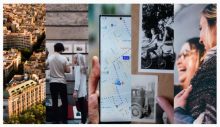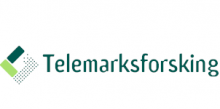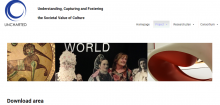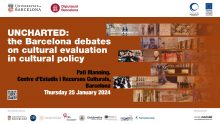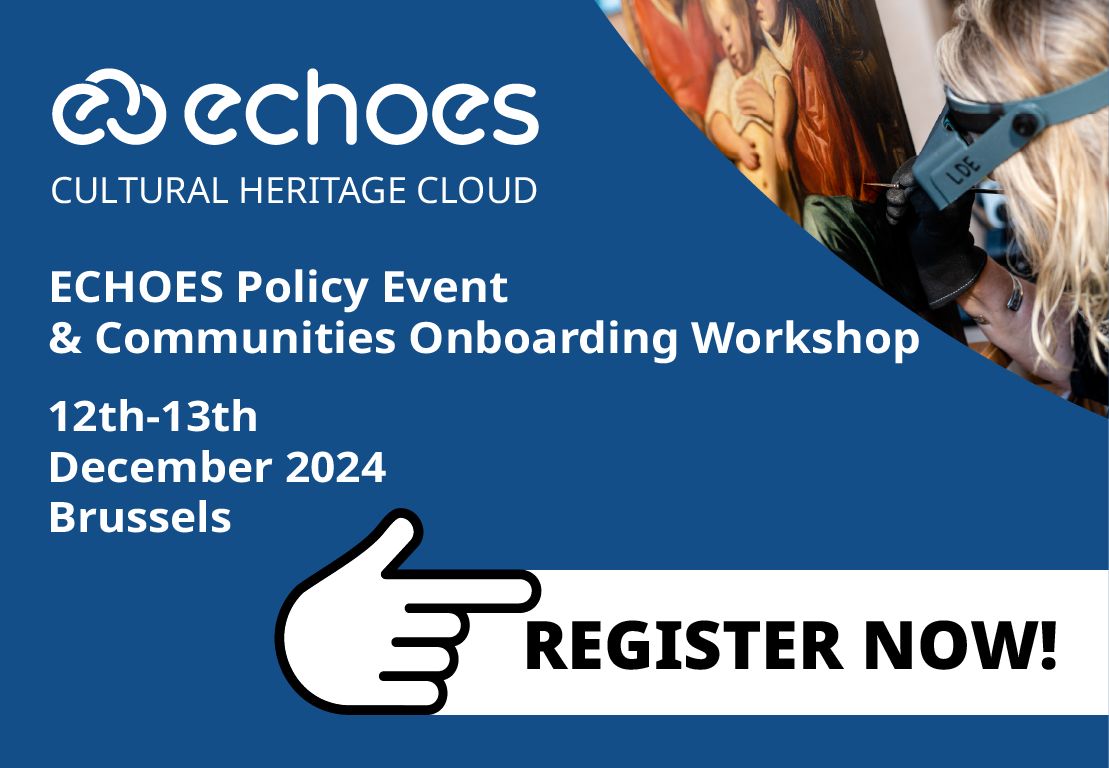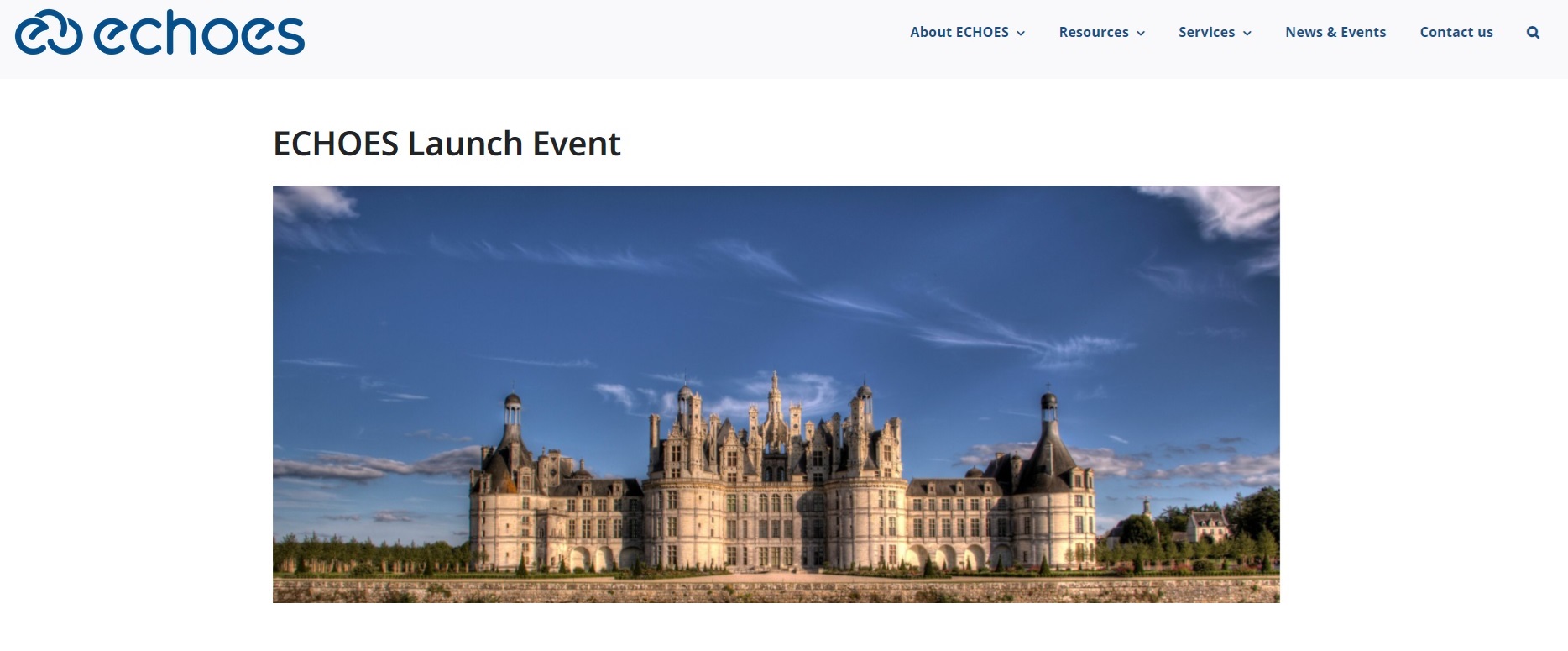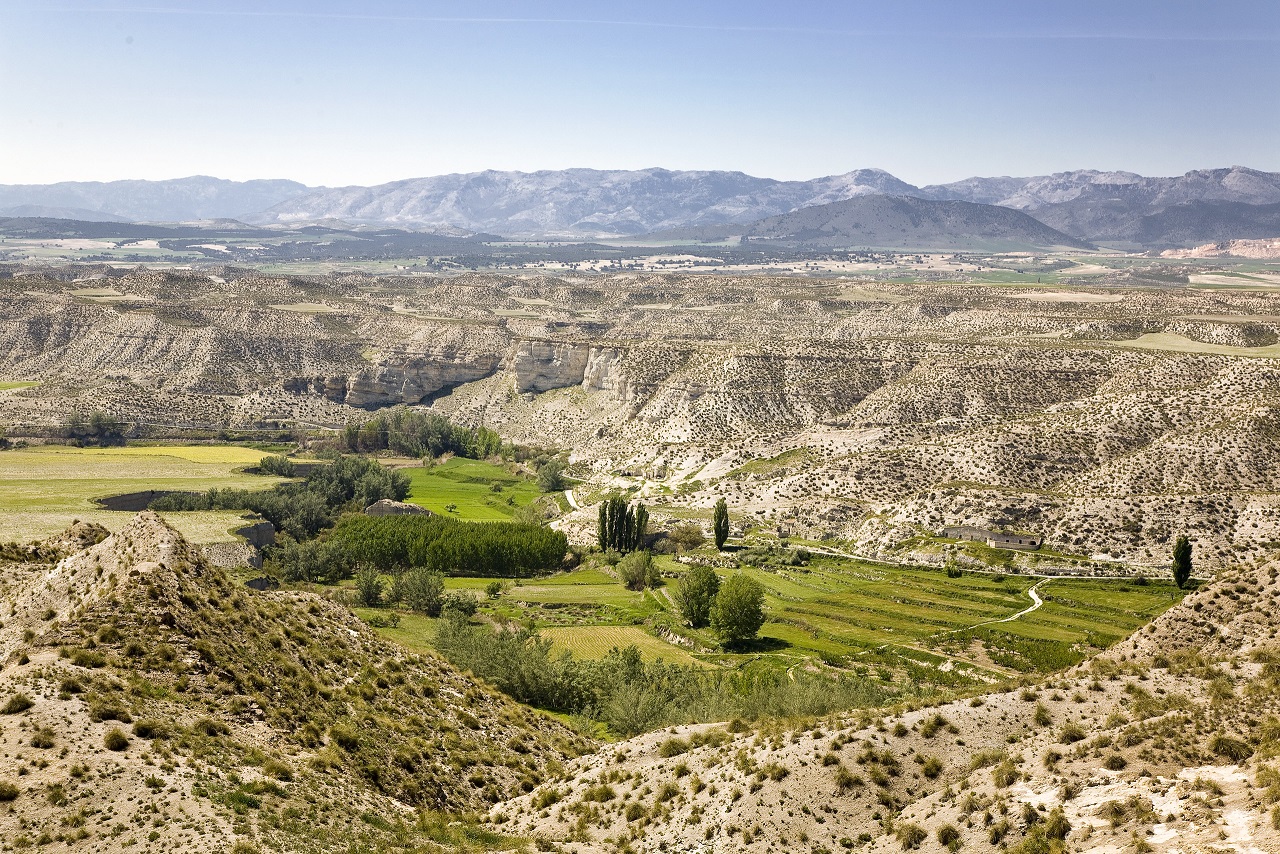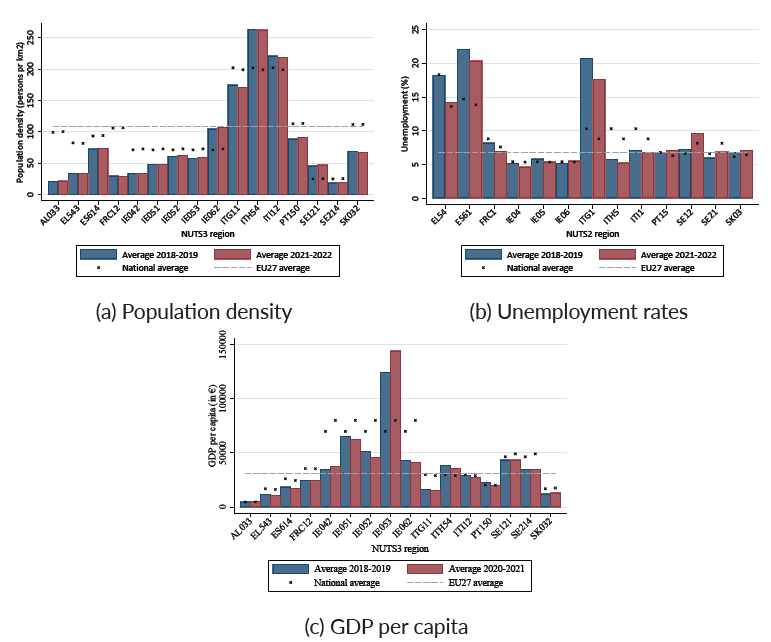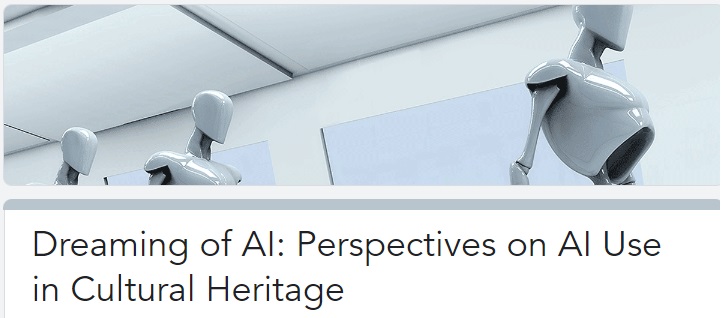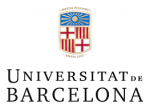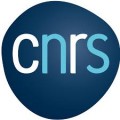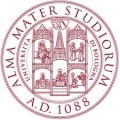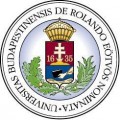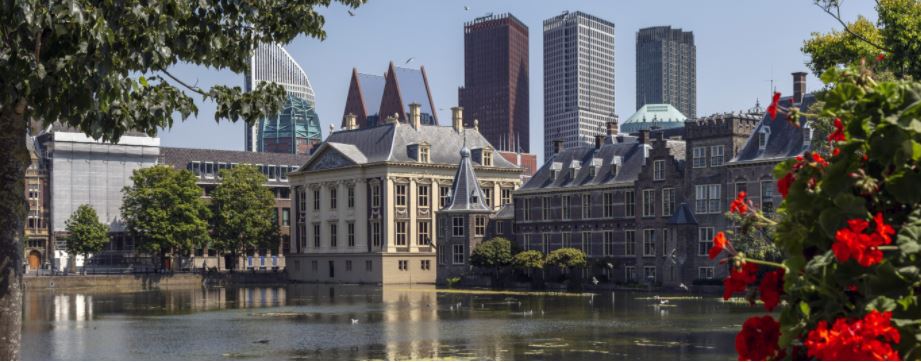 HERILAND is a pan-European research and training network on cultural heritage in relation to Spatial Planning and Design. It is funded by the European Union’s Horizon 2020 research and innovation programme under the Marie Sklodowska-Curie grant agreement No 813883.
HERILAND is a pan-European research and training network on cultural heritage in relation to Spatial Planning and Design. It is funded by the European Union’s Horizon 2020 research and innovation programme under the Marie Sklodowska-Curie grant agreement No 813883.
The project is rooted in Europe’s long history of conserving its rich heritage and landscape assets in town and country. Throughout the 20th century, great progress was made in creating structures and promulgating principles to guide heritage and landscape conservation, but as the 21st century proceeds, society is challenged by new far-reaching changes. These include various forms of migration, greater digital connection, environmental degradation and climate change. Confronted with such a fast-changing context, heritage management needs new ideas, tools and training to ensure that interdisciplinary, research-based heritage, landscape management and spatial planning are positively integrated with business activity, with city and rural development, and with democratic participation in decision making that shapes the future landscape. This is HERILAND’s key challenge.
Through HERILAND, a consortium of 6 key academic and non-academic organizations, with 21 partners in civil society and business, aims to empower a new generation of academics, policy makers, practitioners, professionals and entrepreneurs.
The research design positions heritage in the frame of five transformation processes which are identify as key challenges to the heritage management of the 21st century: The Spatial Turn, Democratisation, Digital Transformations, Shifting Demographies and Contested Identities, and Changing Environments. Using this framework, 15 PhD researchers will be provided with advanced training combining theoretical and instrumental knowledge in a series of research seminars, living labs and secondments with the project’s public and private partners.
Project’s website.



